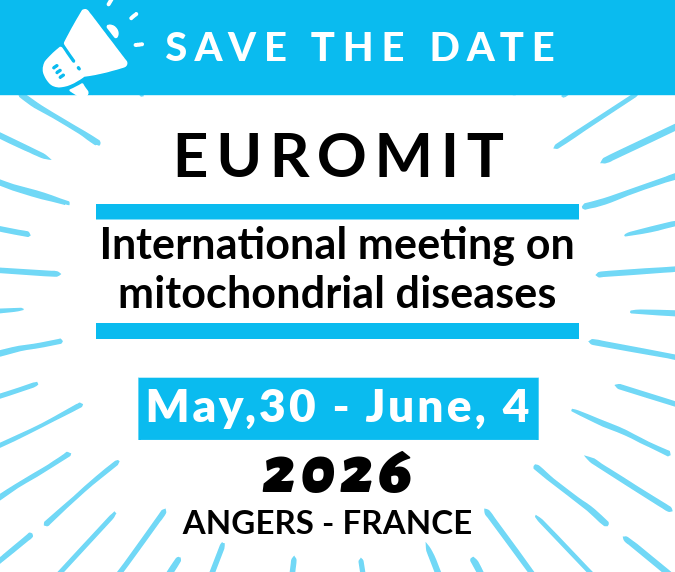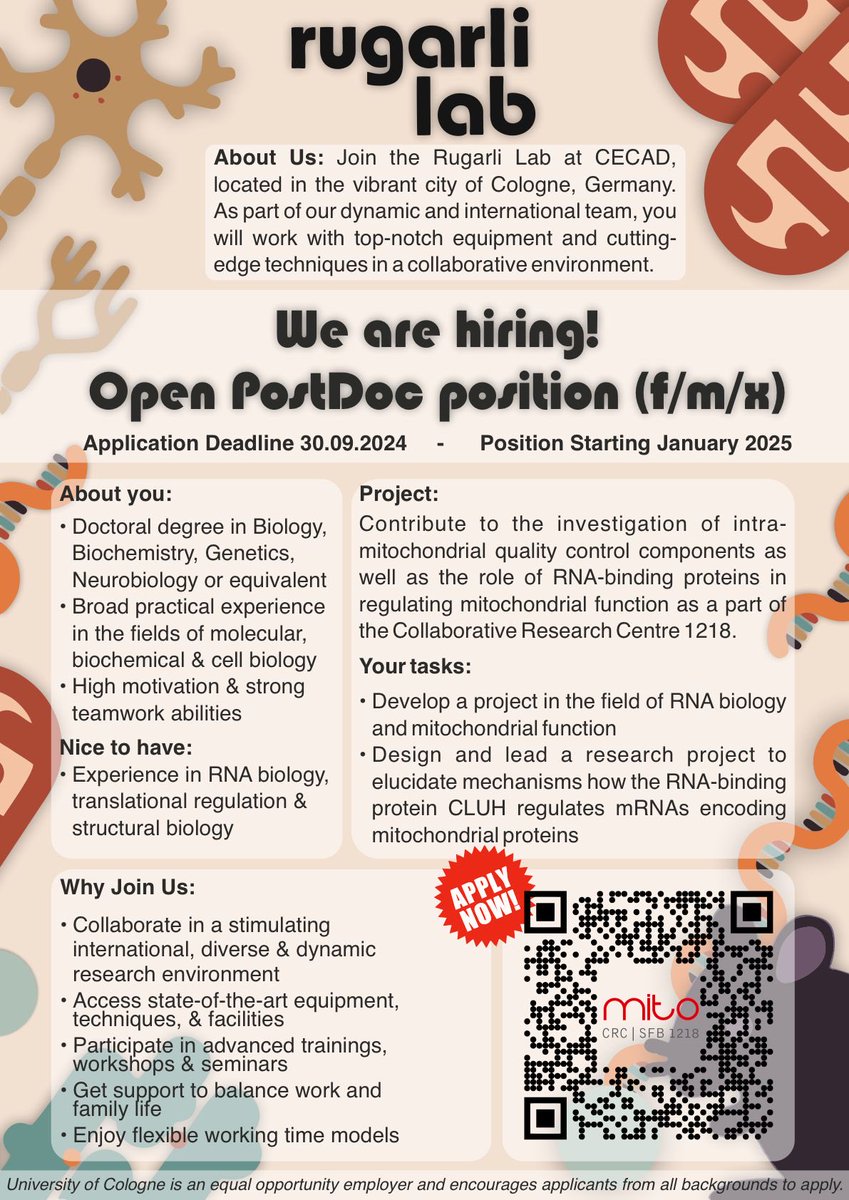
Baris Olivier
@barisolivier
ID: 1120988986690953217
24-04-2019 09:52:56
96 Tweet
113 Followers
106 Following


Intervention télévisée pour le Téléthon Vendée, tout au long du Live, avec une petite surprise musicale vers 3h37 :) MitoVasc Université d'Angers CHU Angers AFM-Téléthon facebook.com/watch/live/?re…

Happy for my Mitolab colleague Marco Spinazzi who received a funding from L'Association contre les Maladies Mitochondriales (A.M.Mi) to unravel Leigh Syndrome's pathomechanisms. MitoVasc CHU Angers Université d'Angers Recherche et Innovation – Université d’Angers
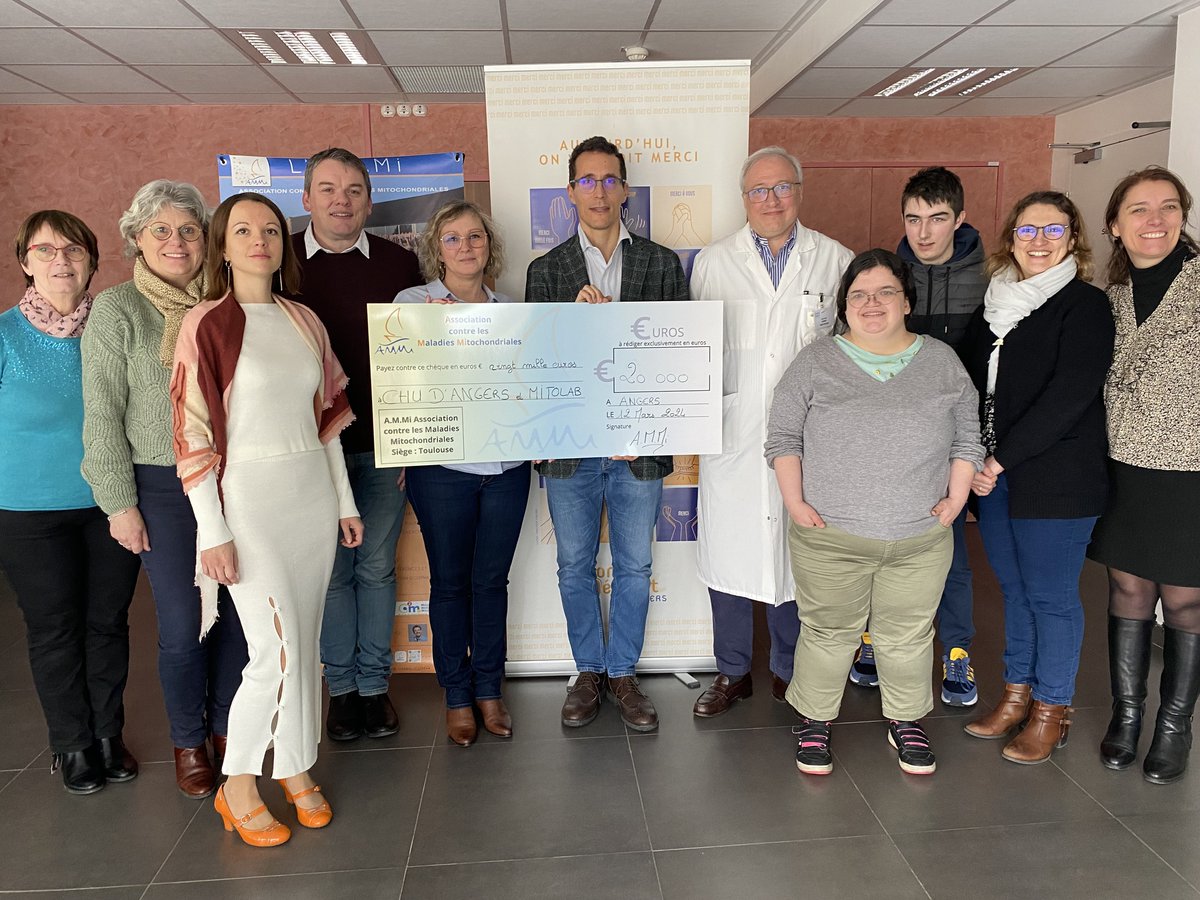



I am grateful to Agence Nationale de la Recherche for funding of the MINUTAR project for which I am a partner. A Montpellier-Angers collaborative initiative. Recherche et Innovation – Université d’Angers MitoVasc SFR ICAT Université d'Angers CNRS 🌍 Inserm Université de Montpellier CHU Angers


Hiking for mitochondrial diseases in Les Herbiers. With l'Association contre les Maladies Mitochondriales (A.M.Mi), my colleague Marco Spinazzi, and local officials Véronique Besse Christophe Hogard MitoVasc Université d'Angers SFR ICAT CNRS 🌍 Inserm
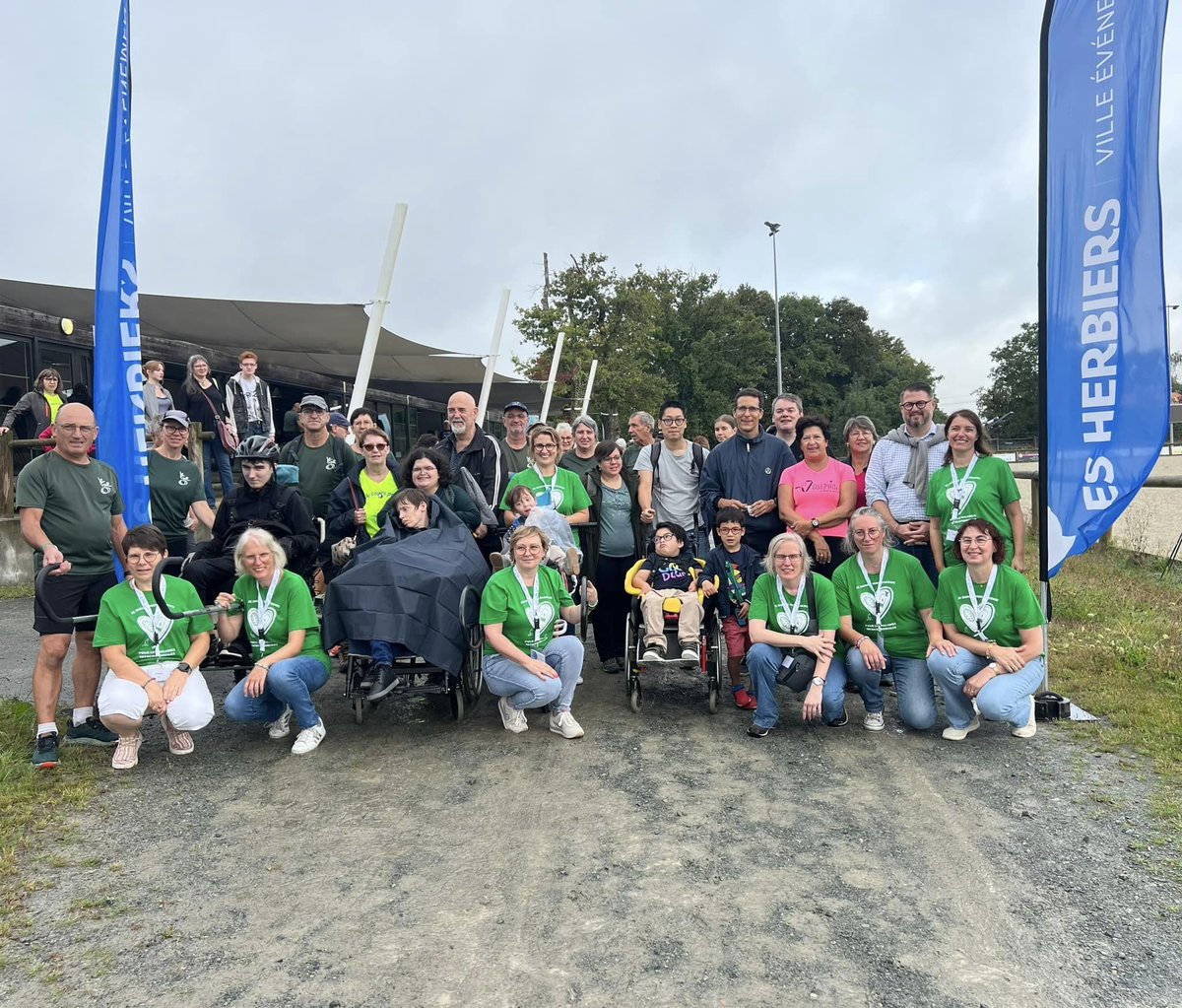
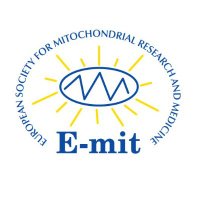

Mitochondrial Disease Awareness Week: Mitolab Angers wears green MitoVasc LENAERS Guy SFR ICAT Université d'Angers Chevrollier Arnaud
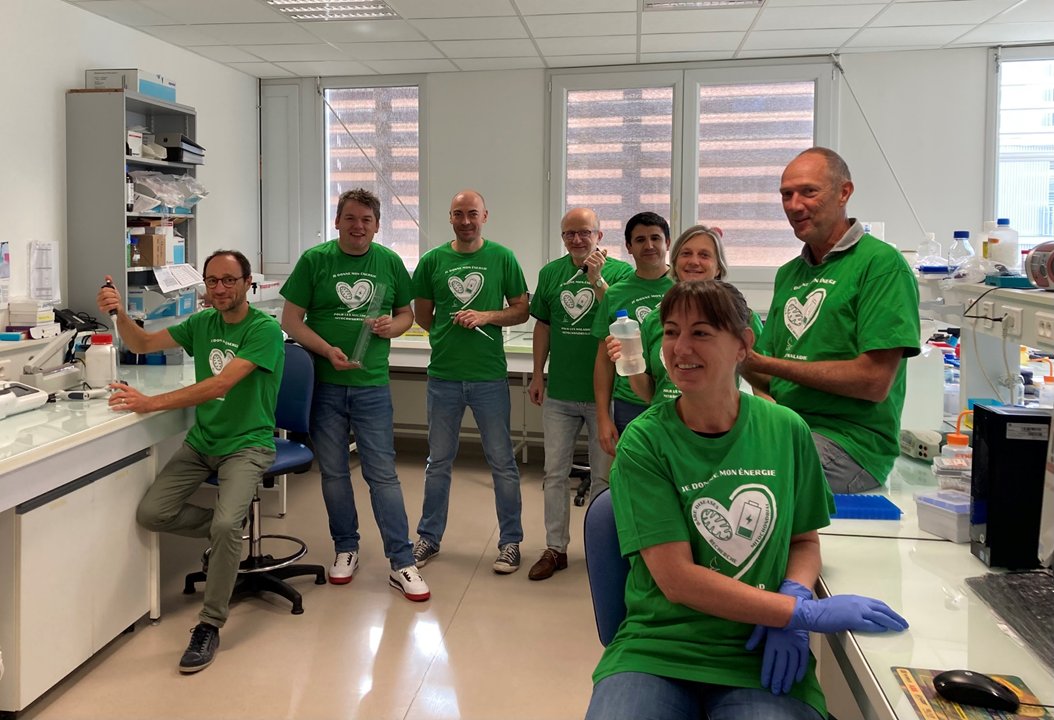
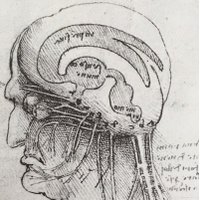

Last friday, coordinators, organizers and volunteers from AFM-Téléthon Vendée came in Angers to discover Mitolab and the projects funded by AFM-Téléthon on rare mitochondrial diseases. Thank you for this rewarding experience. MitoVasc SFR ICAT Recherche et Innovation – Université d’Angers Université d'Angers
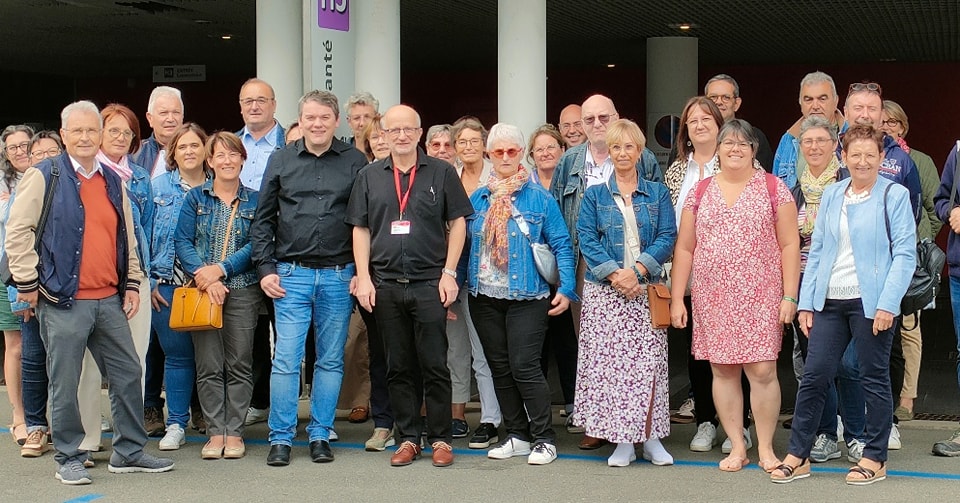

Apart from being the next city for Euromit in 2026, why is Angers great for mitochondrial research? Learn more in the "Science around the world" serie in TMM: sciencedirect.com/science/articl… Trends in Molecular Medicine MitoVasc Recherche et Innovation – Université d’Angers CNRS 🌍 Inserm CHU Angers

Want to know more about Monoamine oxidases, mitochondria and inflammation? Check our latest review in Redox Biology: doi.org/10.1016/j.redo… MitoVasc SFR ICAT Recherche et Innovation – Université d’Angers CNRS Biologie Inserm



